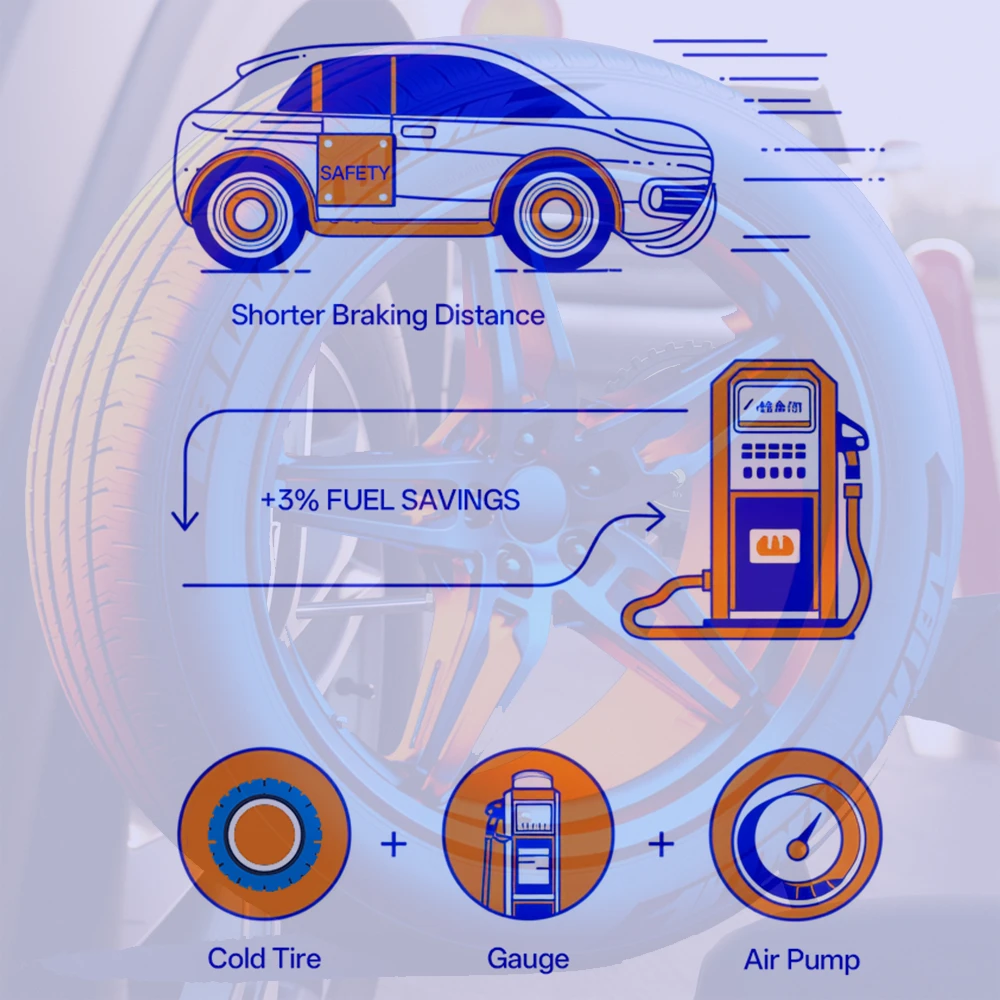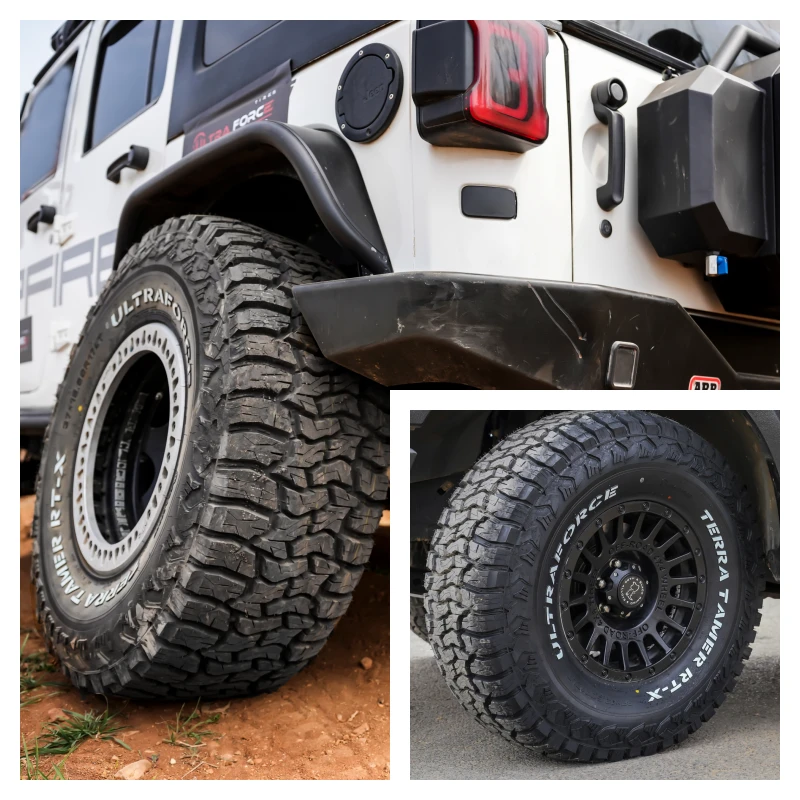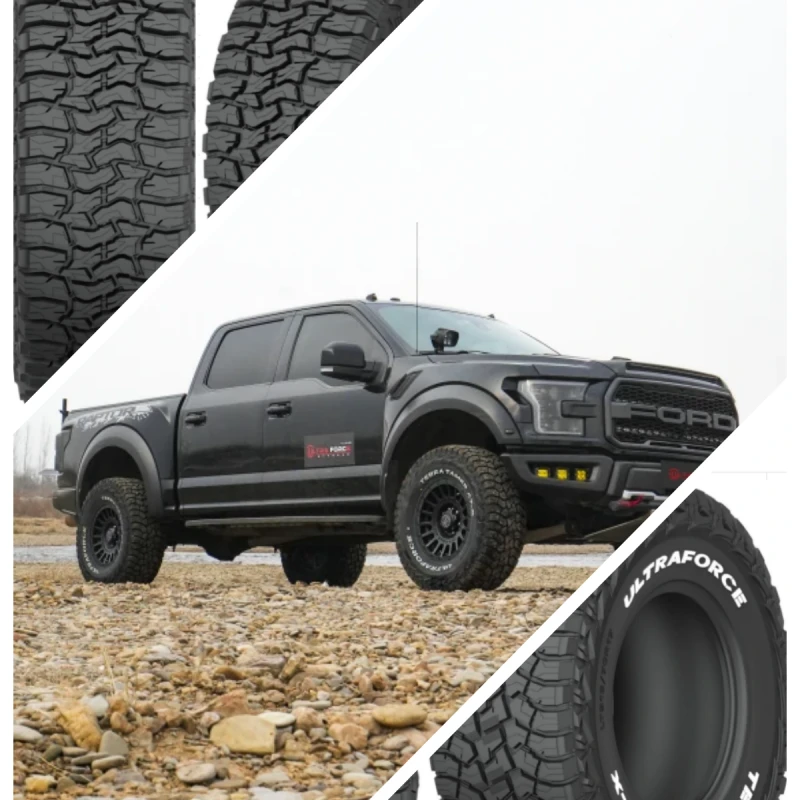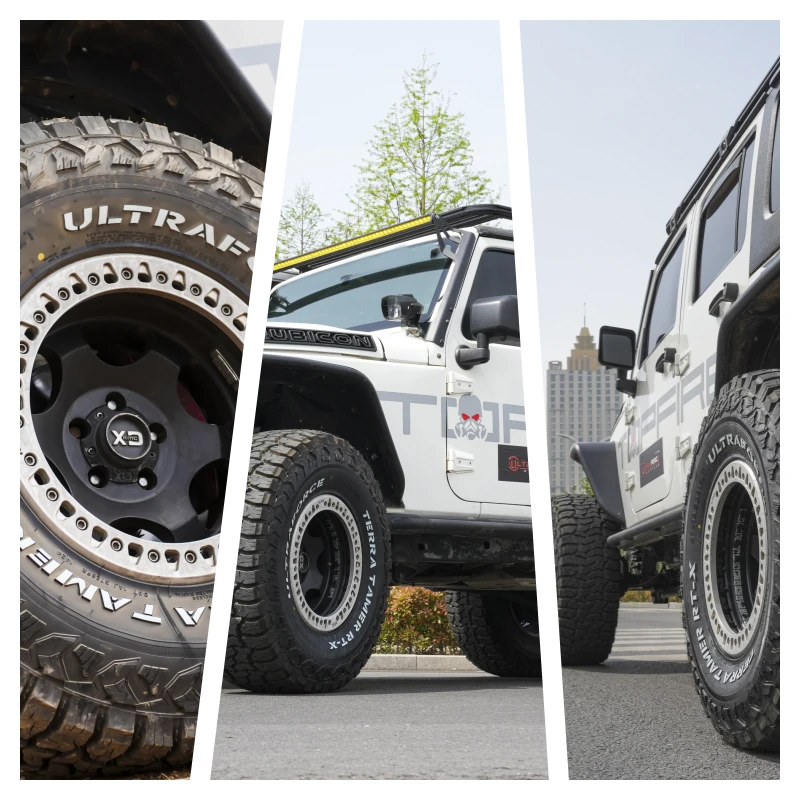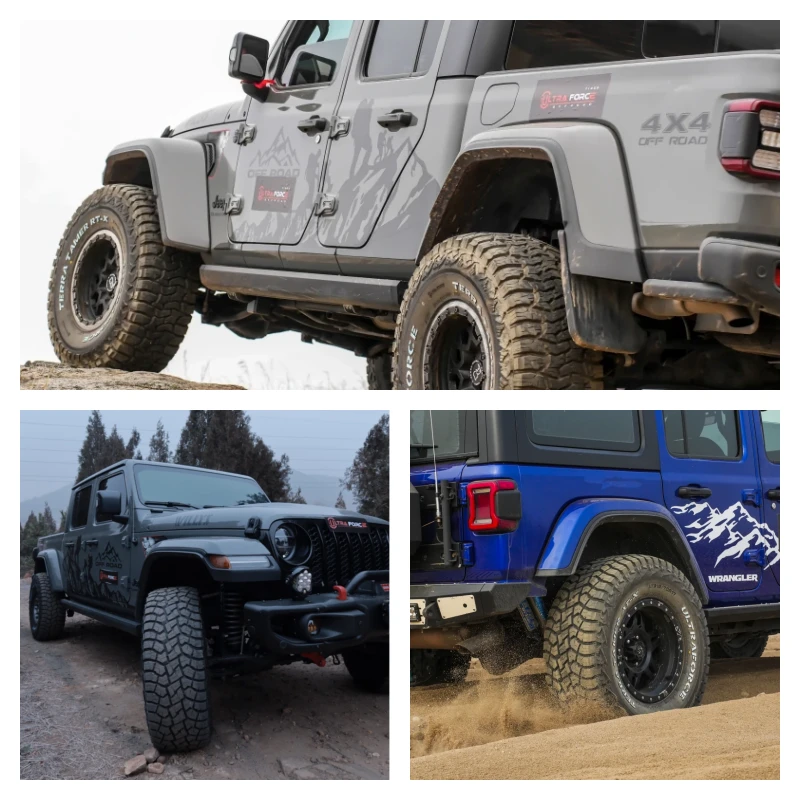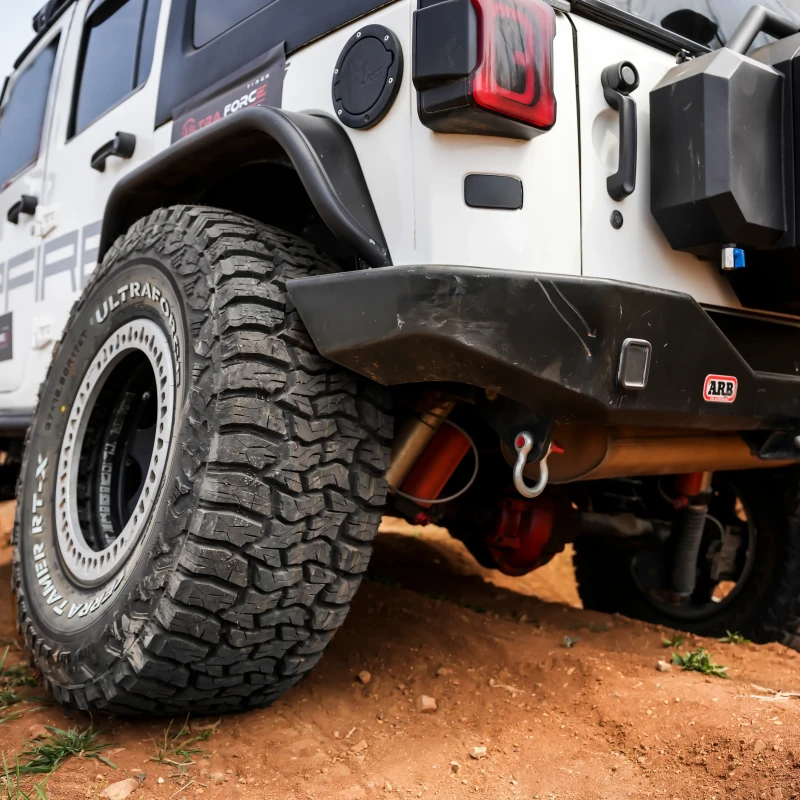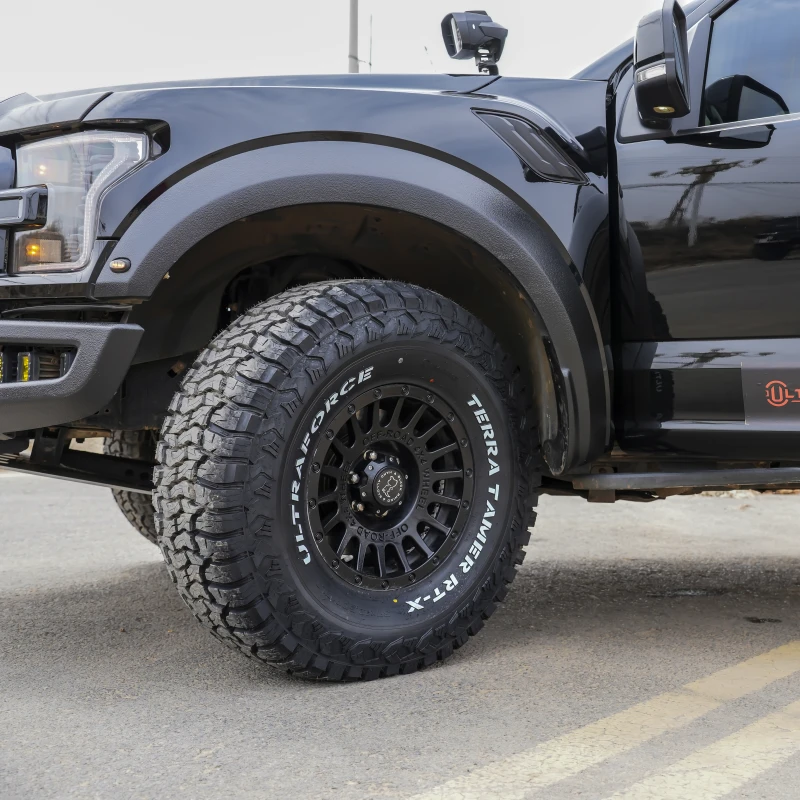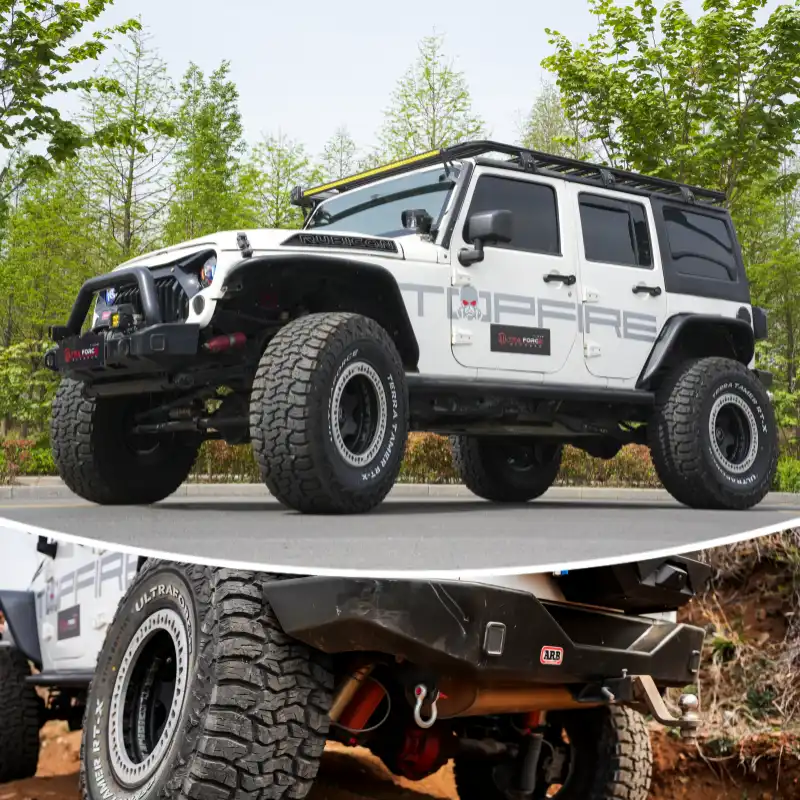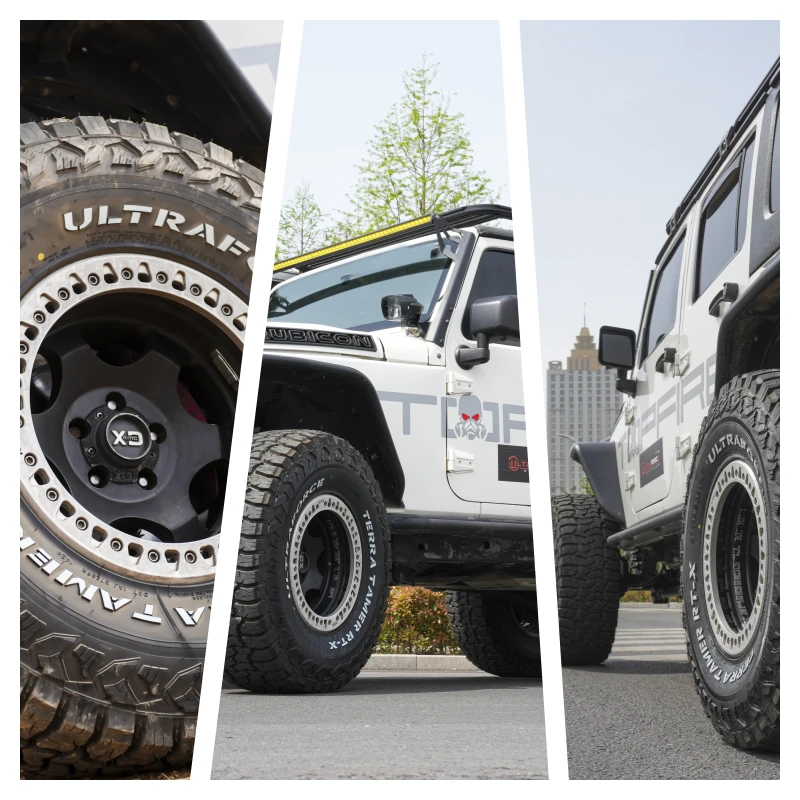Tire pressure. Two words, seemingly mundane—but ask any experienced driver or off-road enthusiast, and they'll tell you it’s one of the most underestimated keys to vehicle performance, safety, and fuel economy. Getting your tire pressure just right isn’t just about numbers on a gauge. It’s about understanding your machine, your road, and—perhaps more importantly—your tires. Whether you're a daily commuter or a dirt trail conqueror, this guide dives into the nuances of tire pressure with real data and deeper insight, helping you avoid the “pressure trap” most drivers fall into.
And, while we're at it, let's not forget the heroes on your wheels—brands like UltraForce Tires, who engineer every tread pattern and sidewall curve to perform best when properly inflated. But more on that in a moment.
Why Tire Pressure Matters: More Than Just Air
Let’s clear one thing up right off the bat—tire pressure isn’t just about avoiding a flat. It directly affects:
Fuel Efficiency
Tire Longevity
Traction and Handling
Braking Distance
Risk of Blowouts
Underinflated or overinflated tires can skew all these variables. According to the U.S. Department of Energy, underinflated tires lower gas mileage by about 0.2% for every 1 PSI drop in the average pressure of all tires. It may not sound like much—until you extrapolate that across thousands of miles and hundreds of fuel-ups.
Now, take a look at this comparison of average recommended tire pressures across various vehicle types:
Table 1: Recommended Tire Pressure for Common Vehicle Types
| Vehicle Type | Recommended PSI (Front) | Recommended PSI (Rear) |
|---|---|---|
| Passenger Cars | 32 | 30 |
| SUVs | 35 | 33 |
| Light Trucks | 40 | 38 |
| Off-Road Vehicles | 38 | 36 |
| High-Performance Cars | 36 | 34 |
Surprising? Possibly. But the key takeaway is: not all tires—or terrains—are created equal. This is especially true if you’re running high-traction, terrain-specific tires from UltraForce, engineered for everything from sandy slopes to snowy trails.
The Science of Air and Rubber
Let’s take a moment to understand what’s really going on when you inflate a tire. The air inside exerts pressure outward in all directions, supporting the vehicle’s weight and absorbing road impact. But—here's the catch—temperature, elevation, and even how long your car has been sitting affect that pressure.
A cold tire measured in the morning can show a lower PSI than the same tire in the afternoon after a drive. In fact, for every 10°F change in temperature, tire pressure changes by about 1 PSI.
This natural variability underscores why regular tire checks—especially in seasonal shifts—are essential.
Effects of Under-Inflated Tires
Ignoring your tire pressure isn’t just lazy—it can be costly and dangerous.
Table 2: Effects of Under-Inflated Tires
| Effect | Impact Level | Est. Efficiency Drop (%) |
|---|---|---|
| Reduced Fuel Efficiency | High | 3.0% |
| Increased Tire Wear | High | 0.0% |
| Poor Handling | Medium | 0.0% |
| Higher Risk of Blowouts | High | 0.0% |
| Increased CO2 Emissions | Medium | 1.5% |
Let’s emphasize this: a drop of just 5 PSI can reduce fuel efficiency by more than 3%. And if you’re using high-performance tires—like UltraForce’s Zelleron Sport or rugged off-road models—a few PSI can mean the difference between agile handling and unpredictable skidding.
Fuel Efficiency: A Game of Pressure
Let’s get quantitative for a moment. Here's a simple but telling data set that illustrates how fuel efficiency varies with tire pressure on a standard passenger car.
Table 3: Fuel Economy vs. Tire Pressure (Passenger Car Example)
| Tire Pressure (PSI) | Fuel Efficiency (MPG) |
|---|---|
| 28 | 24.5 |
| 30 | 25.2 |
| 32 | 26.0 |
| 34 | 26.3 |
| 36 | 26.1 |
We see a sweet spot at around 32–34 PSI. Below that, mileage drops off significantly. Above that, the gain flattens or even reverses slightly. It’s not just a number—it’s a performance zone.
How to Properly Check Tire Pressure (Step-by-Step)
Use a digital or analog gauge. Avoid eyeballing; tire deflection can be misleading.
Check when tires are cold. Morning is ideal; at least three hours after driving.
Find the recommended PSI. Usually inside the driver’s door jamb or in your manual.
Unscrew the valve cap.
Press the gauge firmly on the valve stem.
Compare to the recommended PSI.
Add or release air as needed.
Recheck and adjust if necessary.
Screw the cap back on.
Yes, it's that simple—and that often overlooked. Want to go the extra mile? Invest in a portable air compressor, especially if you’re venturing off-road where pressure adjustments are routine.
The Off-Road Twist: Why Tire Pressure Is Even More Critical
When the road gets rough, tire pressure becomes a strategic tool. Off-roaders often air down their tires (as low as 12-15 PSI) to increase surface contact and improve traction on loose terrain. But this comes with trade-offs—lower pressure increases sidewall flex and the risk of bead separation. Enter UltraForce Tires.
Our off-road models are engineered with reinforced sidewalls and custom tread patterns to handle these fluctuations. Whether you’re crawling rocks in Utah or skimming dunes in Baja, UltraForce ensures your traction is optimized—only if your pressure is dialed in.
And if you’re a business looking to venture into the off-road segment, UltraForce Tires provides tailored solutions—from tread design to branding—to help you break into this booming market with confidence.
Common Myths (Debunked)
“Overinflating improves fuel economy.” False. Slight improvements might occur, but at the expense of traction and safety.
“All four tires should always be the same PSI.” Not necessarily. Some vehicles, especially performance and utility types, require staggered PSI levels.
“You don’t need to check tires if they’re new.” Wrong. Even fresh rubber loses air over time.
Best Practices and Pro Tips
Check your pressure at least once a month.
Always check before long trips or after big temperature swings.
Rotate tires regularly—pressure aside, wear patterns matter.
Use tire pressure monitoring systems (TPMS), but don’t rely solely on them.
For the technologically inclined, there are even smart tire sensors now that sync with your smartphone—worth exploring if you're managing a fleet or high-performance vehicle.
UltraForce Tires: Engineered for Pressure Perfection
At UltraForce Tires, we don’t just manufacture tires—we engineer trust. With decades of innovation behind every sidewall, our tires are designed to perform under pressure—literally.
From our Zelleron Sport Performance line for passenger cars to our all-terrain monsters that chew through mud, snow, and sand, each tire is built to handle pressure variations without compromising durability, safety, or grip.
We’re not just here to sell tires. We’re here to empower drivers, dealers, and distributors to thrive. Our customizable solutions—tread design, branding, performance tuning—help businesses grow while keeping every journey efficient, safe, and adventure-ready.
Because at UltraForce, “U” mean a lot to us. Contact us now!
Conclusion: One Simple Habit, Countless Benefits
Gauging tire pressure takes less than five minutes. Yet those five minutes can translate into:
Safer drives
Longer-lasting tires
Reduced emissions
Better fuel economy
Superior performance on and off the road
In a world obsessed with complex upgrades and high-tech add-ons, sometimes the most impactful improvements start with something as simple as a tire gauge.
And if you're serious about your vehicle—or your business—partner with a brand that treats pressure like a performance art. Partner with UltraForce Tires.
